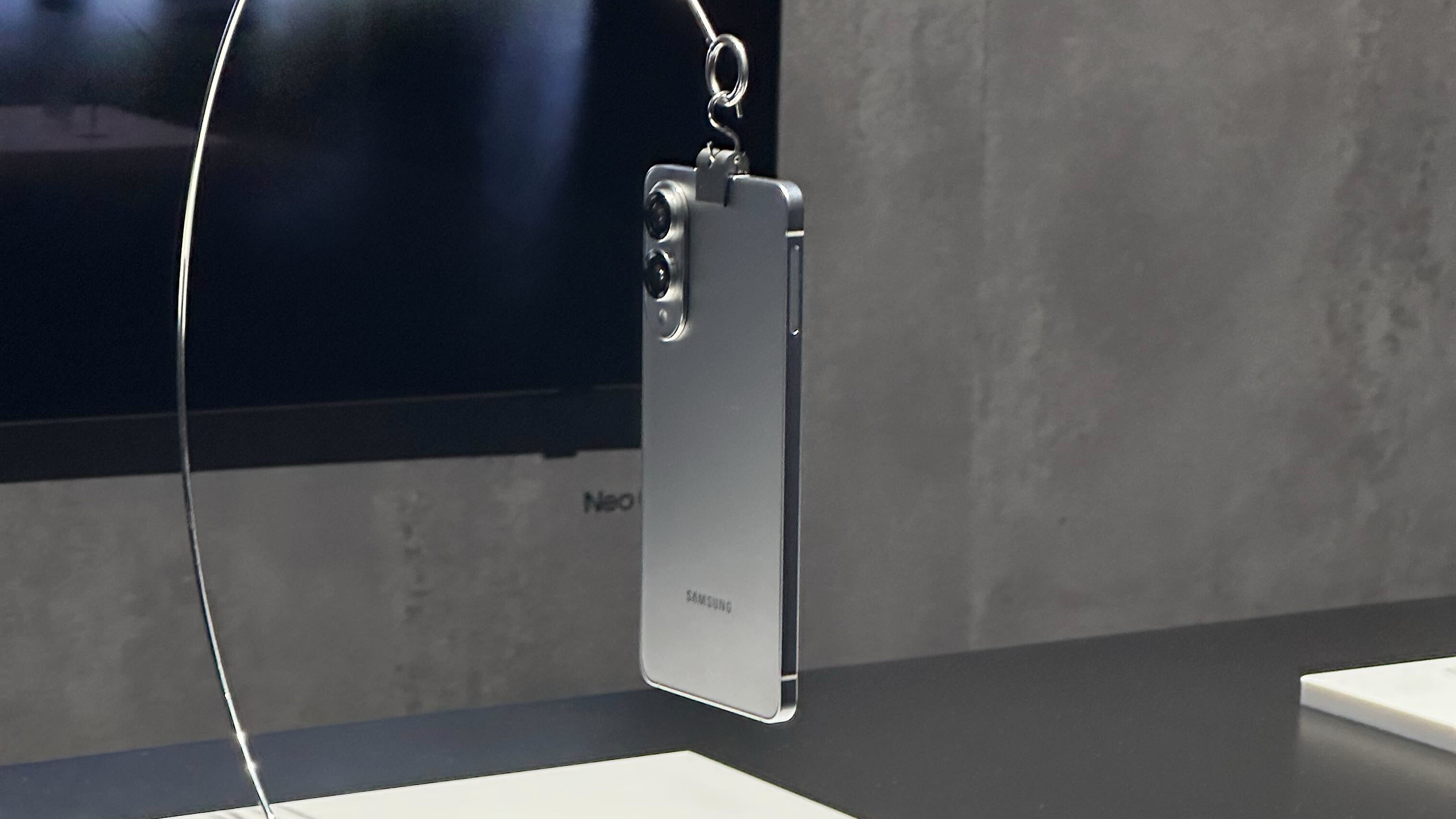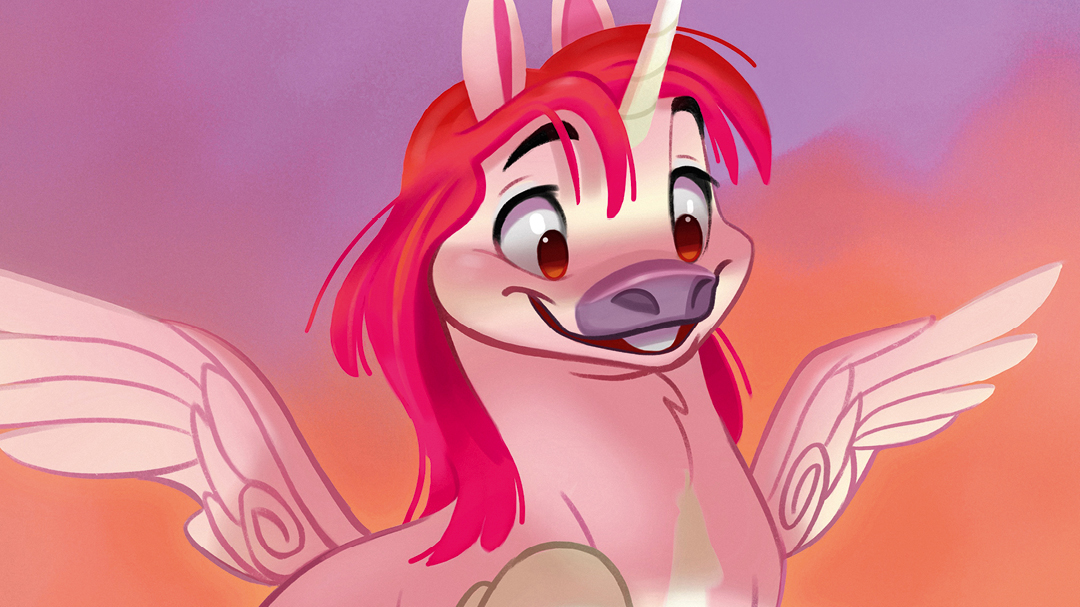
The best cameras for 2025
www.engadget.com
Camera launches have been plentiful as of late, with Canon, Nikon, Sony and other major brands releasing important new models recently. In 2024, we saw some notable improvements in areas like autofocus and video, along with some new trends in creating interesting looks for videos and photos in-camera.All told, there were over 20 new cameras launched last year which joined the many outstanding models on the market from years prior. The question is, which one is right for the type of videography or photography you do? Whether youre an aspiring action or wildlife photographer, an extreme sports junkie or a content creator, well help you find the perfect camera to match your budget and requirements. What to consider before choosing a camera Though smartphones get better for video and photos every year, full cameras still have an edge in many ways. The larger sensors in mirrorless cameras let more light in, and you have a wide choice of lenses with far superior optics. Dedicated cameras are also faster for shooting things like sports or wildlife, offer superior video for content creators and create more professional results. Sensor size There are a few key things to consider to get the most out of a camera. The first is sensor size: in general, the larger the sensor, the better (and usually more expensive) the camera. Full frame is the largest sensor size for mainstream cameras, and its available on models like the new Panasonic S9, the Nikon Z III and Canon EOS R5 II. At a size equivalent to 35mm film (36 x 24mm), it offers the best performance in terms of image quality, low-light capability and depth of field. But its also very expensive and finicky. While bokeh looks incredible at an aperture of f/1.4, the depth of field is so razor thin that your subject's eyebrow might be in focus but not their eye. This can also make shooting video difficult. The next size category is APS-C (around 23.5 x 15.6mm for most models and 22.2 x 14.8mm for Canon), offered on Fujifilm's X Series lineup, the Canon R10, the Sony ZV-E10 II and the Nikon Z50. It's cheaper than full frame, both for the camera body and lenses, but still brings most of the advantages like decent bokeh, high ISOs for low-light shooting and relatively high resolution. With a sensor size the same as movie cameras, it's ideal for shooting video, and its easier to hold focus than with full-frame cameras. Micro Four Thirds (17.3 x 13mm), a format shared by Panasonic and Olympus, is the next step down in sensor size. It offers less bokeh and light-gathering capability than APS-C and full frame, but allows for smaller and lighter cameras and lenses. For video, you can still get reasonably tight depth of field with good prime lenses, but focus is easier to control. The other common sensor size is Type 1 (1 inch), which is actually smaller than one inch at 12.7 x 9.5mm. That's used mostly by compact models like Sonys ZV-1 vlogging camera. Finally, action cameras like the GoPro Hero 11 and DJIs Osmo 3 have even smaller sensors (1/1.9 and 1/1.7 inches, respectively). Autofocus For photographers, another key factor is autofocus (AF) speed and accuracy. Most modern mirrorless cameras have hybrid phase-detect AF systems that allow for rapid focus and fast burst speeds. The majority also offer AI features like eye-detect AF for people and animals, which locks in on the subjects eyes, face or body to keep them in focus. However, some models are faster and more reactive than others. Displays The electronic viewfinder (EVF) and rear display are also crucial. The best models have the sharpest and brightest EVFs that help you judge a shot before taking it. For things like street photography, its best to have as bright and sharp a rear display as possible, so its easy to see your subject and check focus in all manner of lighting conditions. You may also want a screen that flips out rather than just tilting, too. Lenses DSLRs and mirrorless cameras let you change lenses, but you're stuck with what's built into a compact camera. While that's great for portability, a single lens means you're going to sacrifice something along the way. The Fujifilm X100V, for instance, has a fast but fixed 35mm-equivalent f/2.0 lens and no zoom. The Sony RX100 V has a 24-70mm zoom, but it's slower at the telephoto end (f/2.8) and less sharp than a fixed focal (prime) lens. When choosing a lens for a mirrorless camera, youll need to consider the focal or zoom length, along with the minimum aperture. Smaller numbers like f/1.4 for a prime lens or f/2.8 for a zoom are best, as they let you work in darker environments and maximize background blur to isolate your subject. However, those lenses are more complex and thus more expensive. Video recording When it comes to video, there are other factors to consider. Some cameras combine or skip over pixels (line skipping or pixel binning) for video recording, which is not ideal because it can reduce sharpness. Better cameras tend to read out the entire sensor and then downsample to improve video sharpness (camera manufacturers dont often say if video is pixel binned, but will say if its downsampled). Another important factor is sensor speed, as slower sensors tend to have more rolling shutter that can create a jello effect that skews video. In addition, hows the battery life? How do you like the handling and feel? How long can you shoot before the camera heats up or stops? Does it support 10-bit HDR video? Is there a microphone and/or a headphone jack? (If you record a lot of interviews, it's preferable to have both.) How's the video autofocus? All of these things play a part in your decision. Best cameras Best mirrorless cameras Mirrorless is the largest camera category in terms of models available, so its the best way to go if youre looking for something with the most advanced features. Canon and Nikon recently announced theyre discontinuing development of new DSLRs, simply because most of the advantages of that category are gone, as I detailed in a video. The biggest selling feature of a mirrorless camera is the ability to change lenses depending on the type of shooting you want to do. Best action camera or gimbal camera The most important features to look for in an action cam are image quality, stabilization and battery life. GoPro has easily been beating all rivals recently in all those areas, but DJI has taken a lot of its business with the Osmo Pocket 3 gimbal camera. Best compact camera This category has fewer cameras than it did even a few years ago and many models are older, as manufacturers focus instead on mirrorless models. However, Im still a big believer in compact cameras. Theyre a noticeable step up from smartphones quality-wise, and a lot of people will take a compact traveling or to events when theyd never bother with the hassle of a DSLR or mirrorless camera. Compacts largely have type 1-inch sensors, but a few offer larger options, particularly Fujifilms XF-100V. Another popular model, Sonys XV-1, is primarily aimed at content creators looking to step up. In any case, desirable qualities include image quality, a fast lens, relatively long zoom, flip-out display, good battery life, a high quality EVF, decent video and good pocketability. This article originally appeared on Engadget at https://www.engadget.com/cameras/best-cameras-151524327.html?src=rss
0 Comments
·0 Shares
·33 Views











